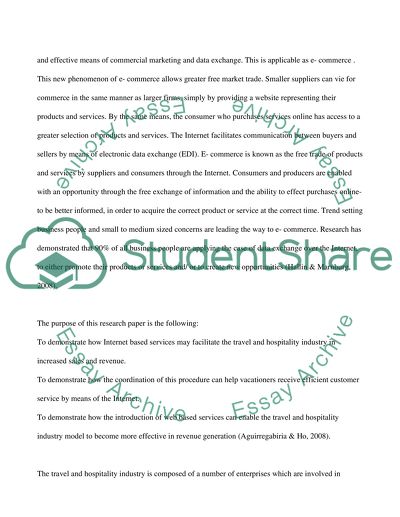Cite this document
(“Quality managment techniques and their relationship to revenue Research Paper”, n.d.)
Retrieved de https://studentshare.org/tourism/1391927-quality-managment-techniques-and-their
Retrieved de https://studentshare.org/tourism/1391927-quality-managment-techniques-and-their
(Quality Managment Techniques and Their Relationship to Revenue Research Paper)
https://studentshare.org/tourism/1391927-quality-managment-techniques-and-their.
https://studentshare.org/tourism/1391927-quality-managment-techniques-and-their.
“Quality Managment Techniques and Their Relationship to Revenue Research Paper”, n.d. https://studentshare.org/tourism/1391927-quality-managment-techniques-and-their.


